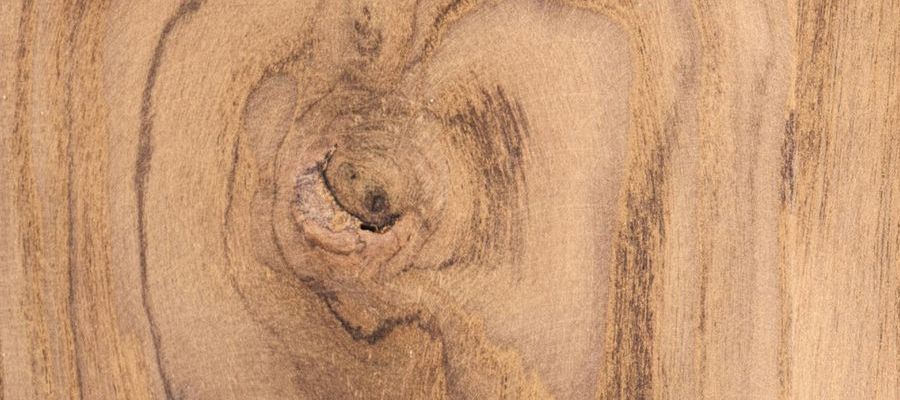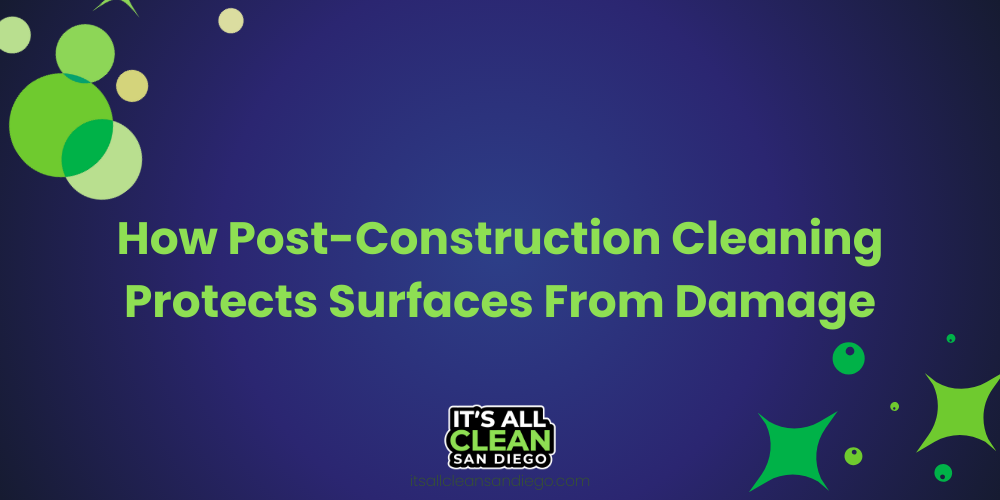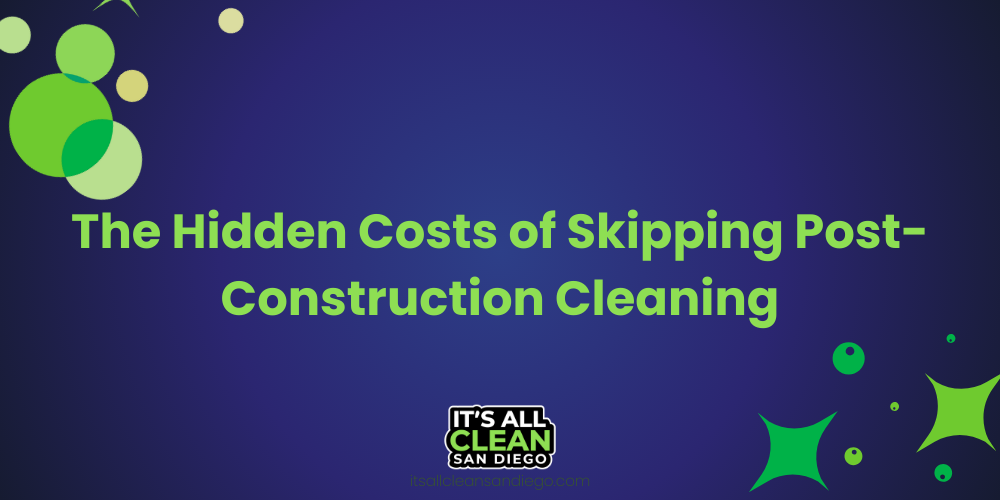San Diego, CA
Hardwood floors are known for their timeless beauty, durability, and ability to increase the value of a home. But like any investment, they require care and maintenance to remain in top shape. While scratches, stains, and fading are common concerns, one of the most underestimated threats to wood flooring is dirt and debris.
What may seem like harmless dust or grit underfoot can gradually wear down your flooring—shortening its lifespan and diminishing its visual appeal. In this blog, we’ll explore how dirt and debris affect your hardwood floors, signs of wear to look out for, and how to protect your floors for years to come.

1. Wood Floors: Durable, But Not Invincible
Hardwood flooring is highly resilient, but it’s not immune to surface damage. The protective finish applied to wood planks is meant to shield them from wear, but over time, foot traffic, furniture movement, and abrasive particles begin to take a toll.
Unlike carpet, which can conceal some dirt, wood floors leave no room to hide. And once the finish wears down, the damage can go straight into the wood grain—leading to permanent scarring, warping, or splintering.
2. How Dirt and Debris Cause Damage
Every time someone walks across your wood floors with dirt or sand on their shoes, those tiny particles act like fine-grit sandpaper, slowly grinding away the protective finish.
Here’s what happens:
- Micro-scratches form in the sealant or finish.
- Over time, scratches multiply and dull the floor’s shine.
- Deeper grooves begin to trap more dirt, worsening abrasion.
- Moisture and bacteria find their way in through cracks.
- Eventually, the wood itself becomes damaged or stained.
This cycle happens gradually, so you might not notice it until the floor starts looking worn or discolored. But by that point, the surface may already be compromised.
3. High-Traffic Areas Suffer Most
Some parts of your home are more vulnerable than others. Entryways, hallways, kitchens, and living rooms typically see more foot traffic—and more opportunities for dirt and grit to damage the floor.
Even indoor pets contribute to the issue. Their claws can scratch the surface, and dirt tracked in from walks builds up quickly if not cleaned promptly.
4. Seasonal Changes Worsen the Problem
In areas like San Diego, seasonal fluctuations might not be extreme, but changes in moisture and foot traffic still play a role. For example:
- Summer beach trips mean sand coming into the home.
- Rainy weather increases the risk of mud and moisture being tracked inside.
- Holiday seasons bring more guests—and more wear on your floors.
Dirt acts faster when combined with moisture, creating mud that sticks to the floor and accelerates wear.
5. Signs Your Wood Floors Are Suffering
If you’re unsure whether dirt and debris are damaging your floors, look for these warning signs:
- Dull, cloudy appearance even after cleaning
- Visible scratches or scuff marks
- Dark lines in wood grain or between planks
- Grime buildup in corners and grooves
- Uneven texture or finish wearing away
These signs indicate that the protective layer of your wood floor is breaking down, allowing dirt to reach the wood surface below.
6. Regular Cleaning: Your First Line of Defense
Keeping your wood floors clean is the most effective way to prevent premature wear. Here's what you can do daily and weekly to stop dirt and debris from doing damage.
Daily Tips:
- Sweep or dust mop using a soft microfiber cloth or electrostatic pad.
- Remove shoes at the door to avoid tracking in debris.
- Wipe up spills immediately to prevent stains and moisture damage.
Weekly Routine:
- Use a pH-neutral hardwood floor cleaner with a damp (not wet) mop.
- Vacuum using a hardwood-safe setting or soft brush attachment.
- Clean under rugs and furniture to prevent dust accumulation.
Avoid harsh or abrasive cleaners, as they can strip the protective finish and accelerate wear.
7. Use Floor Mats and Rugs Strategically
Floor mats are more than just decorative—they’re one of the easiest ways to block dirt before it hits your floors.
Where to Place Mats:
- Outside and inside every entry door
- In high-traffic zones (like in front of the sink or stove)
- Beneath furniture legs
- Under pet food dishes
Opt for non-slip, washable rugs with breathable backings to avoid moisture trapping, which can also damage wood.
8. Furniture Pads and Floor Protectors
Dragging chairs, tables, and couches across your floors can scrape the surface, especially if there's dirt trapped beneath. Felt furniture pads and rubber or cork protectors help prevent this kind of damage.
Check and replace these pads regularly, especially under heavy furniture that’s moved often.
9. Professional Deep Cleaning and Maintenance
Even with a great cleaning routine, grime can build up over time in hard-to-reach areas, especially in the grooves and corners of your floor. Professional cleaning goes deeper than what regular mopping can achieve.
Benefits of Professional Wood Floor Cleaning:
- Removal of deeply embedded debris and oils
- Restoration of shine without damaging the finish
- Identification of early wear or problem areas
- Optional protective re-coating for high-traffic zones
At It’s All Clean San Diego, our wood floor cleaning service is designed to clean thoroughly without oversaturating your floors or using harsh chemicals. We help protect your investment with care tailored to your specific wood type and finish.
10. Consider Re-Coating Before It’s Too Late
If your wood floors are starting to look dull but aren’t yet deeply scratched, a protective re-coating might be all you need to restore their look and durability.
This process involves:
- Deep cleaning the surface
- Buffing out light scratches
- Applying a fresh topcoat to protect the wood
Re-coating helps extend the life of your floors by sealing out new dirt and moisture, delaying the need for costly refinishing or replacement.
Final Thoughts: Protect Your Investment with Proactive Care
Hardwood floors are an elegant and valuable feature in any home—but they are not maintenance-free. The biggest threat to their longevity is often the most overlooked: everyday dirt and debris. Fortunately, a consistent cleaning routine, protective measures, and periodic professional care can keep your floors looking beautiful for decades.
Don’t wait until scratches or discoloration become permanent. The sooner you act, the more life you can get out of your wood floors.
Let It’s All Clean San Diego Help You Protect Your Floors
If your wood floors are looking dull, scratched, or just need a deep refresh, It’s All Clean San Diego is here to help. Our experienced team uses gentle, effective cleaning methods that lift dirt and restore shine—without risking damage to your beautiful flooring. Contact us today to schedule your professional wood floor cleaning and experience the difference clean, well-maintained floors can make.
- All rights reserved -
It's All Clean San Diego © 2021
Pick a service, and we’ll be there.
Your go-to clean, green, full-service team.
Got a mess? We’ve got you covered. At It’s All Clean San Diego, we have professional commercial cleaning and residential house cleaning services for every need.
Our family-owned, full-service professional floor cleaning company has served residential and commercial customers in San Diego for nearly 20 years.










